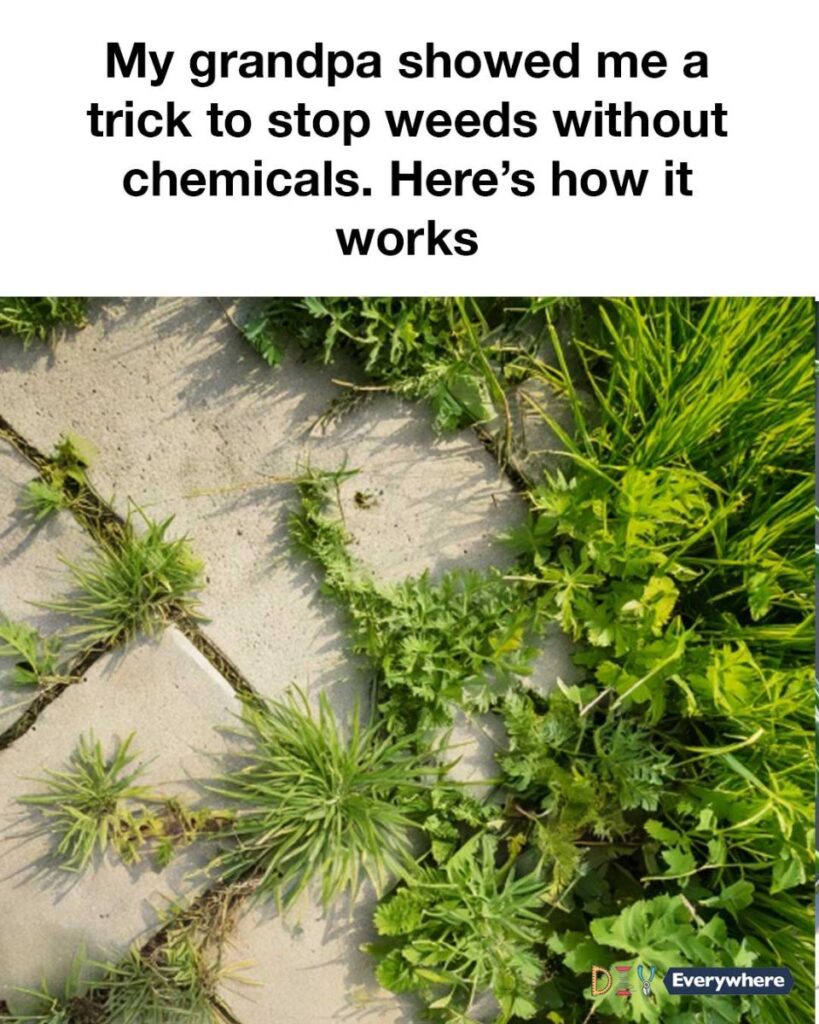In recent years, there has been a growing interest in sustainable and eco-friendly gardening practices. Many gardeners are seeking alternatives to chemical herbicides, which can harm the environment and disrupt local ecosystems. My grandpa, a seasoned gardener with decades of experience, introduced me to a simple yet effective method to control weeds naturally. This method not only reduces the need for chemicals but also enhances soil health and promotes biodiversity in the garden.
Understanding the Cardboard Method
The cardboard method is a form of sheet mulching that involves covering the ground with layers of cardboard to suppress weed growth. This technique works by blocking sunlight, which prevents weeds from photosynthesizing and eventually causes them to die off. The cardboard also acts as a barrier, making it difficult for new weed seeds to take root. Over time, the cardboard breaks down and enriches the soil with organic matter. This method is particularly useful in areas where weeds are persistent and difficult to manage using traditional methods.
Step-by-Step Guide to Using Cardboard for Weed Control
1. Gather Materials: Collect large sheets of cardboard, ensuring they are free of tape, staples, and glossy finishes. You will also need a water source, such as a hose or watering can, and organic mulch like straw or wood chips.
2. Prepare the Area: Clear the area of large weeds and debris. You don’t need to remove all the weeds, but cutting them down will help the cardboard lay flat.
3. Lay Down the Cardboard: Overlap the edges of the cardboard sheets to prevent weeds from sneaking through the gaps. Cover the entire area you wish to protect from weeds.
4. Water the Cardboard: Thoroughly soak the cardboard with water. This helps it conform to the ground and begins the decomposition process.
5. Add Mulch: Cover the wet cardboard with a thick layer of organic mulch. This adds weight to keep the cardboard in place and improves the aesthetic of your garden.
6. Monitor and Maintain: Check periodically to ensure the cardboard remains covered and intact. Add more mulch as needed to maintain coverage.
Why the Cardboard Method Is Effective
Next Page
Why the Cardboard Method Is Effective
The cardboard method is effective for several reasons. Firstly, it creates a physical barrier that prevents sunlight from reaching the weeds, which is essential for their growth. Secondly, as the cardboard decomposes, it adds carbon-rich organic matter to the soil, improving its structure and fertility. This method also encourages beneficial microorganisms and earthworms, which further enhance soil health. Additionally, using cardboard is a great way to recycle materials that would otherwise end up in landfills, making it an environmentally friendly choice.
Additional Tips for Chemical-Free Weed Management
In addition to the cardboard method, there are several other strategies you can employ for chemical-free weed management. Regularly hand-pulling weeds, especially before they set seed, can help keep their population in check. Planting ground covers or dense plantings can outcompete weeds for resources. Using natural herbicides, such as vinegar or boiling water, can also be effective for spot treatments. Maintaining healthy soil through composting and crop rotation can reduce the likelihood of weed infestations by promoting robust plant growth.
Conclusion: Embracing Eco-Friendly Gardening Practices
Adopting eco-friendly gardening practices, like the cardboard method for weed control, not only benefits your garden but also contributes to a healthier planet. By reducing reliance on chemical herbicides, you protect local wildlife and promote a more sustainable ecosystem. These methods encourage biodiversity and improve soil health, leading to more resilient and productive gardens. Embrace these natural techniques and enjoy the satisfaction of cultivating a thriving garden that harmonizes with nature.

